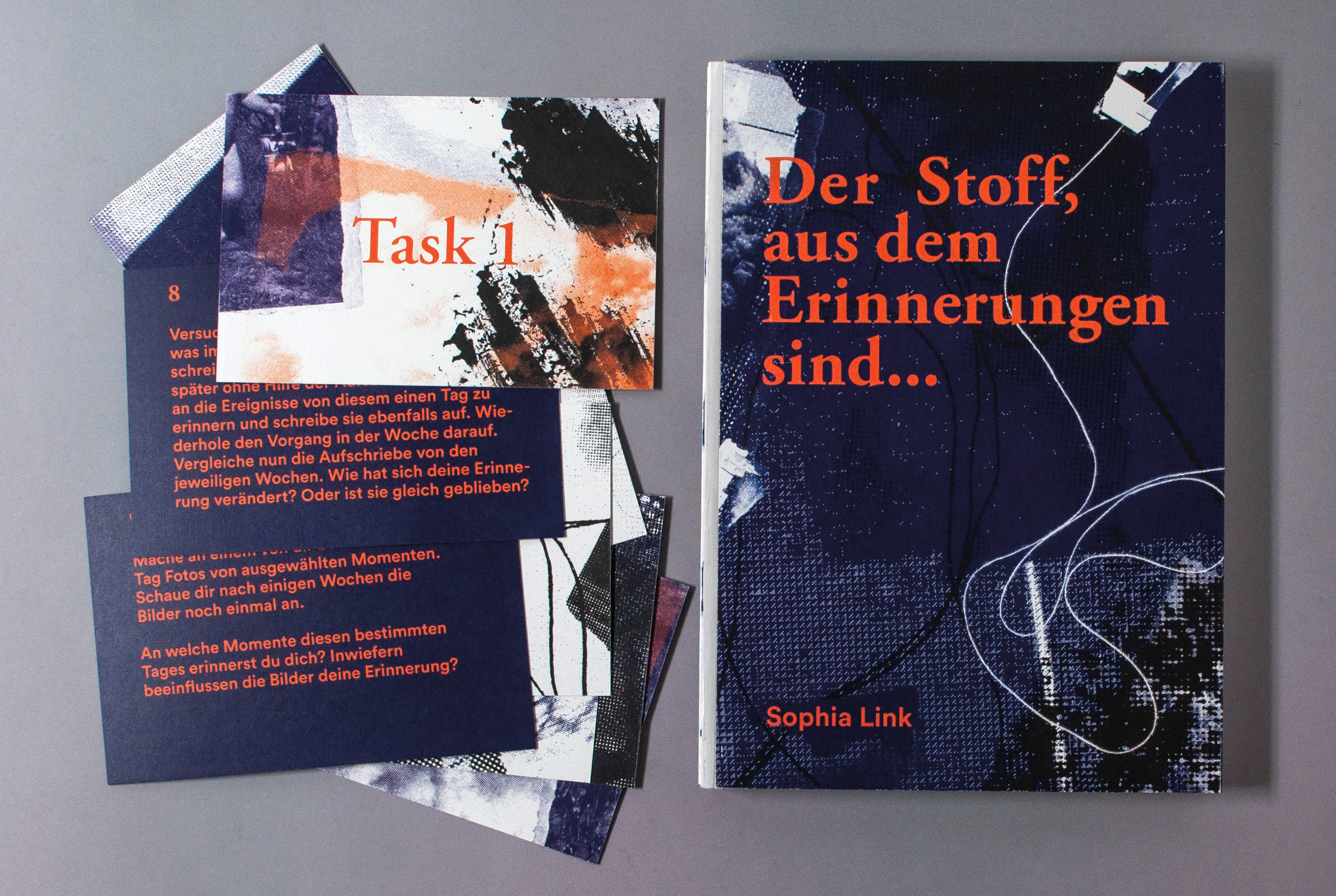What memories are made of
2019

» Just because you're absolutely confident you remember something accurately doesn't mean it's true. « [Julia Shaw]
Our memories are part of our identity. They define who we are. However, what we remember must not necessarily be true. Our memory is surprisingly unreliable. Remembering is a creative process, whereby we combine fragments of memories in order to form a coherent picture. Every time we remember something, we have the potential to change the memory we are accessing. It is a perfectly normal process, but when it comes to criminal prosecution, it may have severe consequences. Based on scientific sources, the book explains how our brain works and how unreliable our memory is.
Our memories are part of our identity. They define who we are. However, what we remember must not necessarily be true. Our memory is surprisingly unreliable. Remembering is a creative process, whereby we combine fragments of memories in order to form a coherent picture. Every time we remember something, we have the potential to change the memory we are accessing. It is a perfectly normal process, but when it comes to criminal prosecution, it may have severe consequences. Based on scientific sources, the book explains how our brain works and how unreliable our memory is.
It’s a reference book, addressed to a wider audience in order to give people an easy access to important information and a better understanding of the complex structure of our brain.
Different experiments and easy exercises, which were all tested in several workshops, raise the audiences awareness to their own way of remembering. The cards included at the end of the book, raise question such as:
Have you ever borrowed personal memories from others and pretended they were yours? What smells do you immediately connect with a certain person, a place or a time? Can you remember what you did on September 11, 2001, when the World Trade Center was attacked?
Different experiments and easy exercises, which were all tested in several workshops, raise the audiences awareness to their own way of remembering. The cards included at the end of the book, raise question such as:
Have you ever borrowed personal memories from others and pretended they were yours? What smells do you immediately connect with a certain person, a place or a time? Can you remember what you did on September 11, 2001, when the World Trade Center was attacked?














All pictures used in the book come from personal photo albums of different people. All photographs went through a transformation process - adaption, reworking, distortion and reconstruction. The continuous revision of the material reflects the act of remembering and visualises the transformation of memories.
All in all, the book is bringing together a profound knowledge and a free visual exploration of how our memory works.
All in all, the book is bringing together a profound knowledge and a free visual exploration of how our memory works.
What memories are made of
Original title in German: Der Stoff aus dem Erinnerungen sind
Editorial Design
Bachelorthesis, Integrated Design at Hochschule Anhalt
Concept and Execution: Sophia Link
2019














